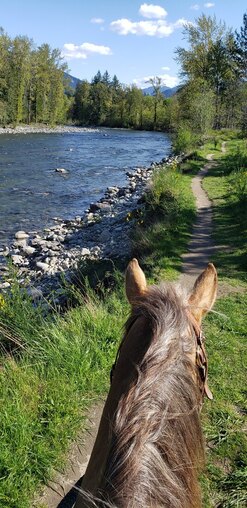
Has this ever happened to you? You're out riding with friends, it's a beautiful sunny day. You're on a horse that maybe you don't know so well, or a youngster that maybe hasn't got that many miles on.... At some point, a few of the folks in your group are itching to pick up the pace, or head down a trail that look a little sketchy. You're hesitant, but maybe your group isn't paying attention to your protest, or you don't speak up because you don't want to bring the group down. No one wants to be the party pooper, right?
Unfortunately, these scenarios and unspoken conversations can - and often do - lead to disastrous outcomes.
A while back, I signed up for a series of talks on the subject of hiking and mountaineering in the backcountry, specifically related to safety in avalanche terrain. I love to hike and I'm always interested in learning something new. Plus the class was free and they served snacks and beer.
One of the talks was titled "A Voice and a Veto," and took a deep dive into how the right communication within a group can mean the difference between life or death in mountaineering situations. I was surprised that it also gave me a deeper feeling of what we are lacking in our human partners when we ride (trail buddies, trainers, etc), and that this missing link can really mean a better, safer ride for everyone.
In mountaineering, the risks are so extremely high, that communication is usually at the forefront - climbers are constantly making requests, observations, and asking questions of each other, because one assumption or misstep can have catastrophic consequences in the blink of an eye; horseback riding definitely has a more dialed-down risk, but as horse people, we all know that navigating a prey animal pretty much anywhere still carries a level of unpredictability and danger; because of that, we're used to staying fairly observant of our horse and our surroundings, and how to manage our own horse safely. But add into that a few chatty friends - and maybe a different vision of how we see the ride going - and not only does the excitement level rise, but also our inattention - to our mount, and our friends who are along with us. This is where we need to communicate more and clearly, but all too often we don't.
Unfortunately, these scenarios and unspoken conversations can - and often do - lead to disastrous outcomes.
A while back, I signed up for a series of talks on the subject of hiking and mountaineering in the backcountry, specifically related to safety in avalanche terrain. I love to hike and I'm always interested in learning something new. Plus the class was free and they served snacks and beer.
One of the talks was titled "A Voice and a Veto," and took a deep dive into how the right communication within a group can mean the difference between life or death in mountaineering situations. I was surprised that it also gave me a deeper feeling of what we are lacking in our human partners when we ride (trail buddies, trainers, etc), and that this missing link can really mean a better, safer ride for everyone.
In mountaineering, the risks are so extremely high, that communication is usually at the forefront - climbers are constantly making requests, observations, and asking questions of each other, because one assumption or misstep can have catastrophic consequences in the blink of an eye; horseback riding definitely has a more dialed-down risk, but as horse people, we all know that navigating a prey animal pretty much anywhere still carries a level of unpredictability and danger; because of that, we're used to staying fairly observant of our horse and our surroundings, and how to manage our own horse safely. But add into that a few chatty friends - and maybe a different vision of how we see the ride going - and not only does the excitement level rise, but also our inattention - to our mount, and our friends who are along with us. This is where we need to communicate more and clearly, but all too often we don't.
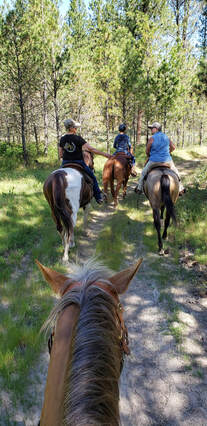
So how do we make the trail safer for us and those we're riding with? Here's some ideas for better communication in your group:
These guidelines should be used for every ride we head out on, to better ensure we (and our buddies) come back to the barn safe and sound. Use this as permission to speak up and speak clearly, and if needed, to speak up for those on your ride who are more timid.
Is there anything you'd add to this list? Let me know!
Cheers to long trails and good horses,
Erin
- Get clear ahead of time. What 'type' of rider are you? Do you like to go fast, slow, or maybe something in between? Long rides or short? What is your horse physically fit for, or what type of exposure does he need? What kind of terrain or trail obstacles can he handle? You can't always control the latter, but it is possible to stack the deck in your favor. Knowing what you're up for - mentally, physically, experientially - allows you to better articulate your boundaries with your riding buddies.
- Choose wisely. When I'm clear on what I'm looking for in a ride, I'm going to go with friends who match my intentions -- I'm not going to ride with my friends who love to go fast and furious if I'm just down for a leisure ride; and if I'm working with a youngster, my priority is to help him get confident, so I'll ride with folks who have Steady Eddies and are willing to take a little time.
- Dial the Ride. This is most important when it comes to safety: first, we should tailor the ride (sometimes in spite of early intentions) to the lowest common denominator. In other words - the greenest horse or rider - or the least brave - should be the one to dictate the ride. Everyone wants to lope except for one rider who's horse is acting squirrelly? Sorry y'all, we're walking. Sounds really lame and unfair, but if it was a sudden lameness or thrown shoe, I bet you'd happily accommodate. But if you're really that upset about it, go back and read #2.
- Observe AND Communicate. Our horses are always changing - I've been on rides where the horse that goes through anything suddenly doesn't want to step on *that* bridge first. Or maybe Mr. Speedy at the front of the group is moving out, creating some distance and your horse is getting upset about it. Maybe someone's horse had to make a pit stop or keeps stopping to eat and their newbie rider is having trouble getting him to keep up -- whatever the reason - and especially with green riders - we need to be aware of everyone in our group, AND we need to speak up early and clearly when we need something from the group. sounds really elementary, but you'd be surprised how often it doesn't happen.
These guidelines should be used for every ride we head out on, to better ensure we (and our buddies) come back to the barn safe and sound. Use this as permission to speak up and speak clearly, and if needed, to speak up for those on your ride who are more timid.
Is there anything you'd add to this list? Let me know!
Cheers to long trails and good horses,
Erin
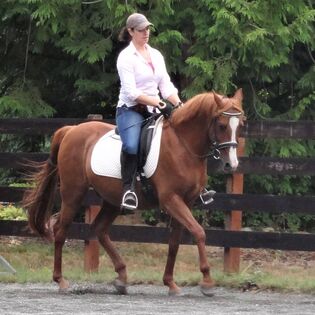
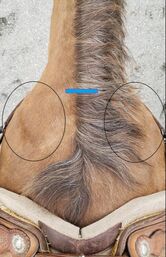
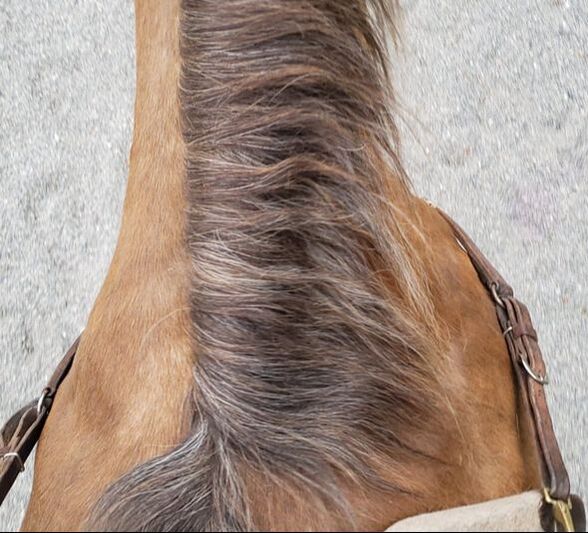
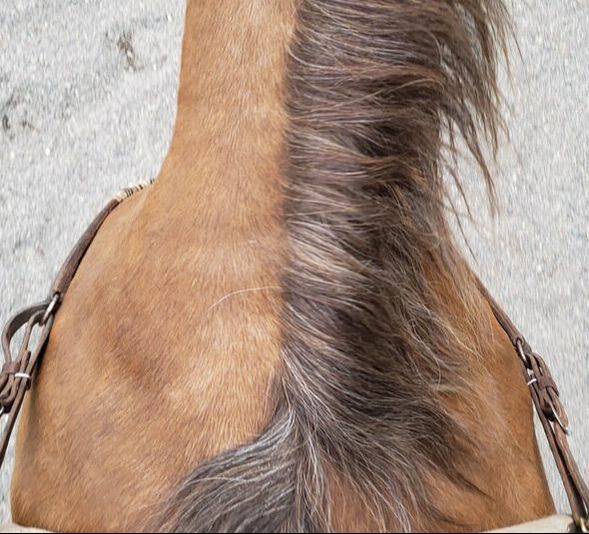
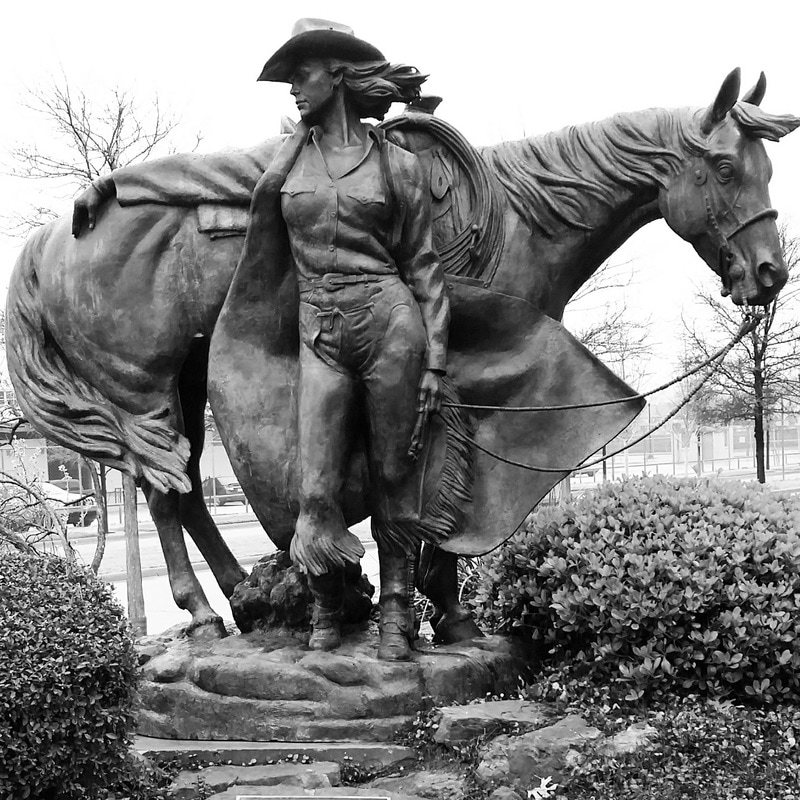
 RSS Feed
RSS Feed
